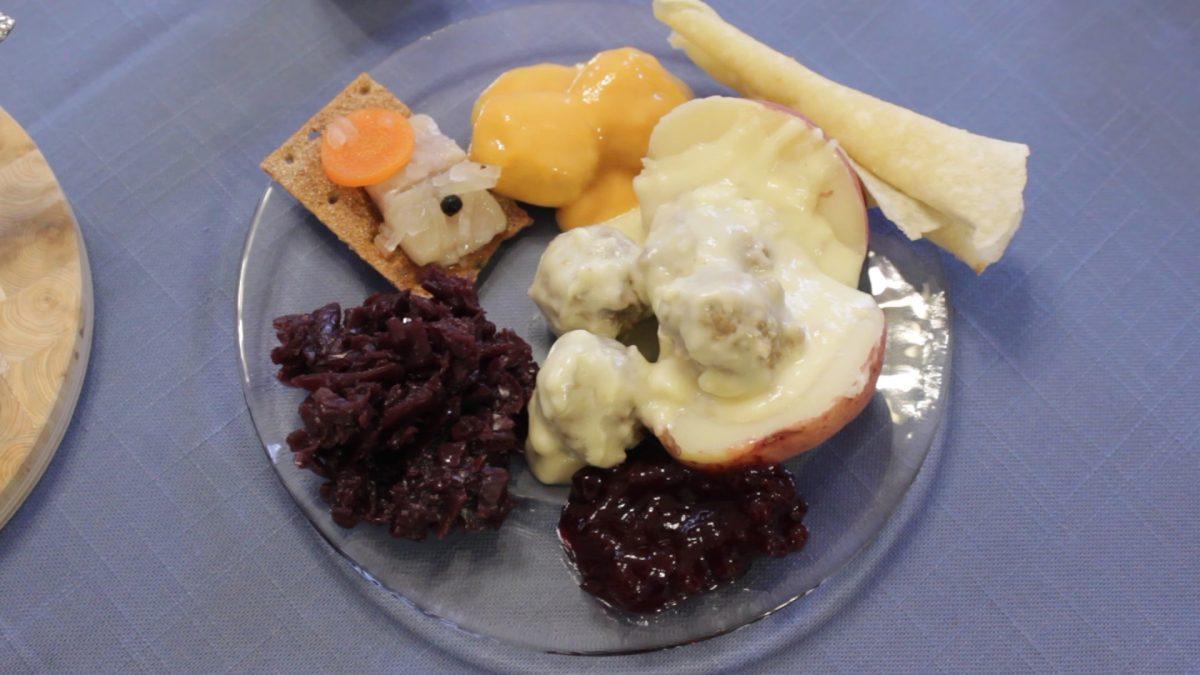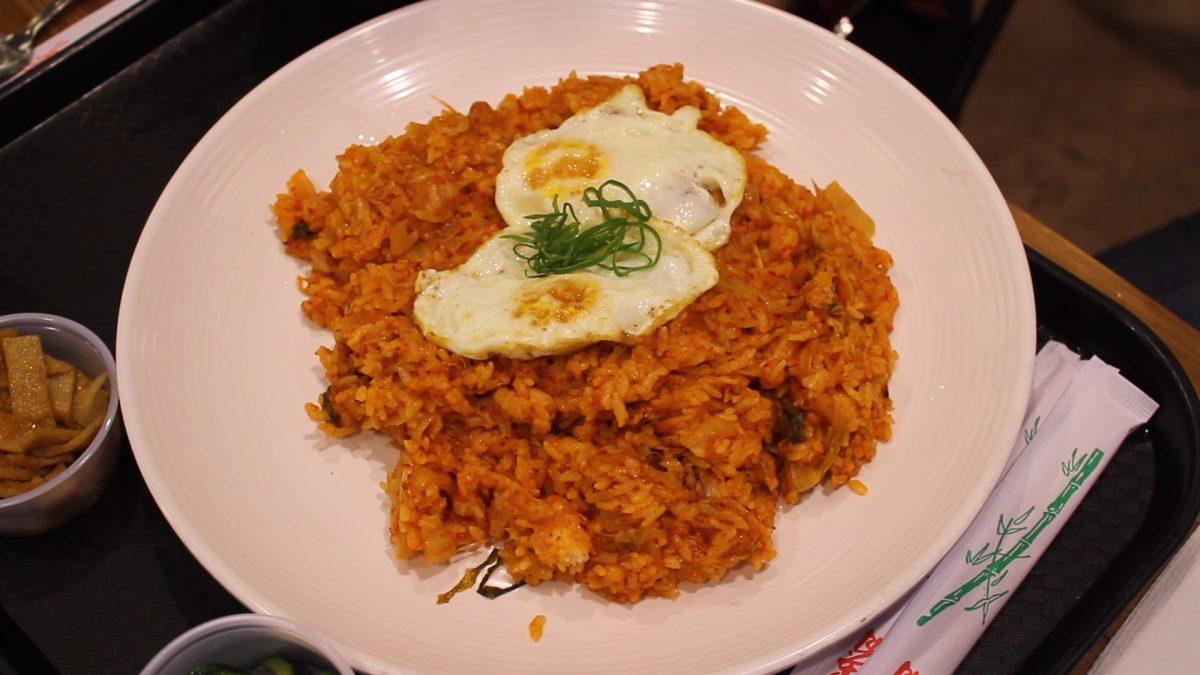
Coming from a Pakistani family, I was always used to the heavy spices and extravagant flavors of my home country’s dishes. After trying a traditional Nordic dinner, I realized that food doesn’t have to be spicy or bursting with flavor to be delicious.
The Nordic countries consist of Finland, Iceland, Sweden, Denmark and Norway. While the term “Nordic” is often assumed to be synonymous with “Scandinavian,” the former is normally used as the umbrella term for the culturally united countries of Northern Europe. People living in Nordic countries often experience freezing temperatures in the winter, and as a result, their food is quite simple and frugal. Nordic cuisine features multiple types of fish such as herring or trout, along with root vegetables, pork and berries.
Chew Crew member Madison York and I headed over to The Wooden Spoon, a one-stop shop for all things Nordic and Scandinavian. The owner of the store, Gwen Workman, has operated the store for nearly 30 years and prides herself on her love and knowledge of Nordic culture. Gwen sells traditional gifts such as Christmas figurines, goblin statues and children’s picture books she’d written herself about Nordic culture. The room across the shelves of interesting little cookies and crackers. It was quite possibly the cutest little shop I’ve ever seen.
Gwen prepared an entire Nordic feast for us, and I hadn’t expected to see so much variety in the cuisine. She first served us glogg, a type of warming drink consisting of a fruit concentrate mix, raisins and almonds. She poured the glogg into small cups that resembled espresso cups, which prevent you from drinking too much of the very concentrated drink. Interestingly, glogg smelled like a candle and tasted like very strong grape juice. I loved chewing on the little chopped almonds floating on top as I drank.
Gwen then led us to her dinner table, where there was a spread of pickled herring, Finnish crackers, little bowls of meatballs and fish balls, a bowl of red cabbage and boiled potatoes. She poured us some traditional Christmas soda and Solo, a popular beverage among children in Nordic countries, which both tasted wonderful and familiar. She offered us lefse, which are tiny rolls of dough stuffed with butter and sugar.
A Nordic dinner isn’t the most exciting meal, but it’s very unusual nonetheless. While I’d been so used to savory and succulent dishes my whole life, eating this food was pleasantly surprising. The fish balls were made in a smooth shrimp sauce that tasted distinct and sweet. The red cabbage and boiled potatoes enhanced the fish rather than overpowering it. The pickled herring on Finnish crackers tasted smooth but was firm in flavor. The lefse was addicting. Before I knew it, Madison and I had inhaled the entire plate.
The best part about this meal was the simplicity of each dish. The most basic flavors we often take for granted such as butter, cream, sugar and vinegar were amplified in these foods. Gwen told us how much Nordic people valued frugality and focused more on saving food for the winter rather than flavor. She recounted fond memories of making up to 500 lefse, and the whole supply being gone by the end of the day. Hearing Gwen’s countless stories, I could imagine the lovely time Nordic people have with one another, sharing cups of glogg on frosty winter days and gathering around the table in large groups to enjoy meatballs and pickled fish. Eating Nordic cuisine reminded me of the importance of the simpler times and valuing the little things in life.











